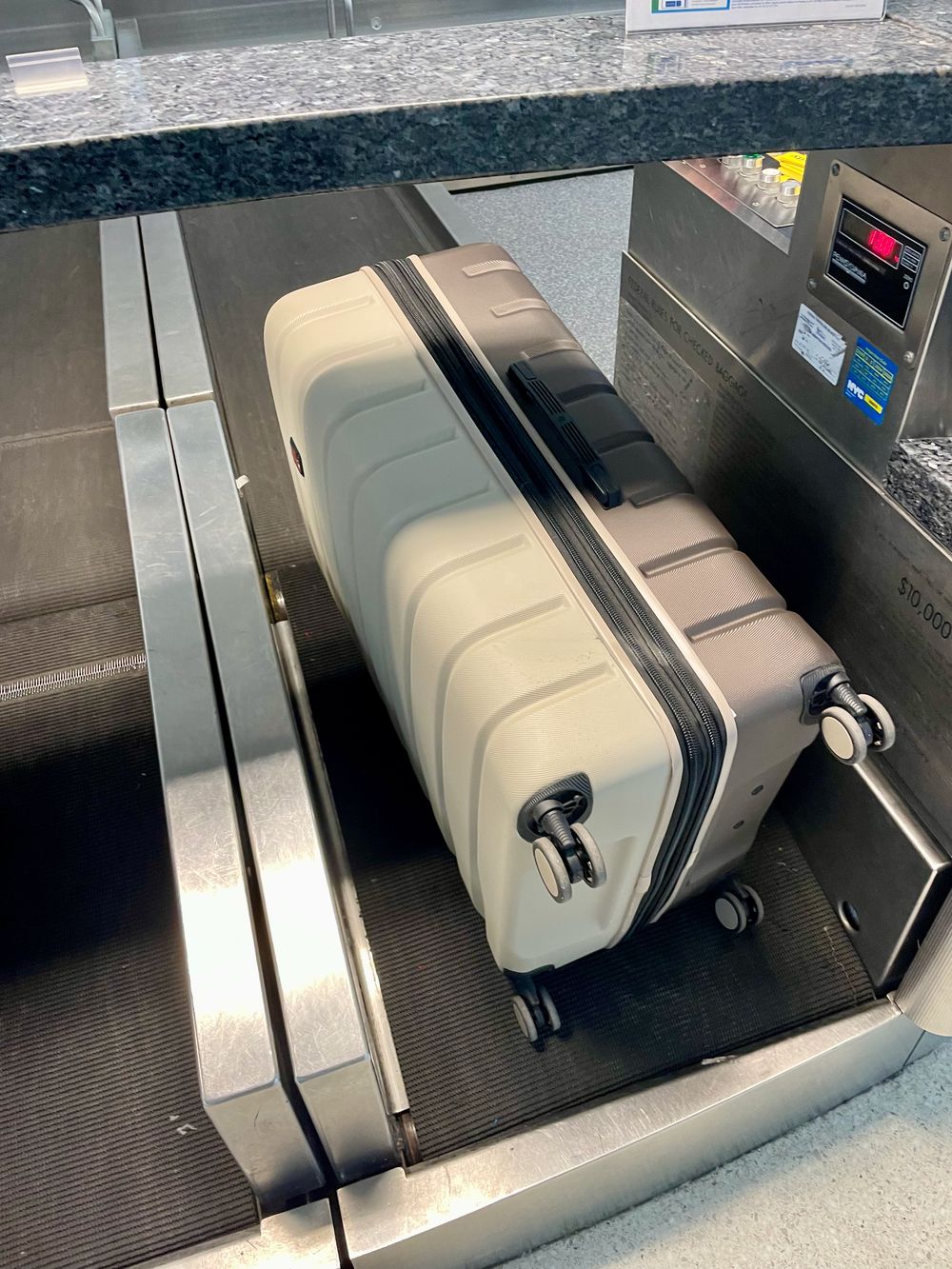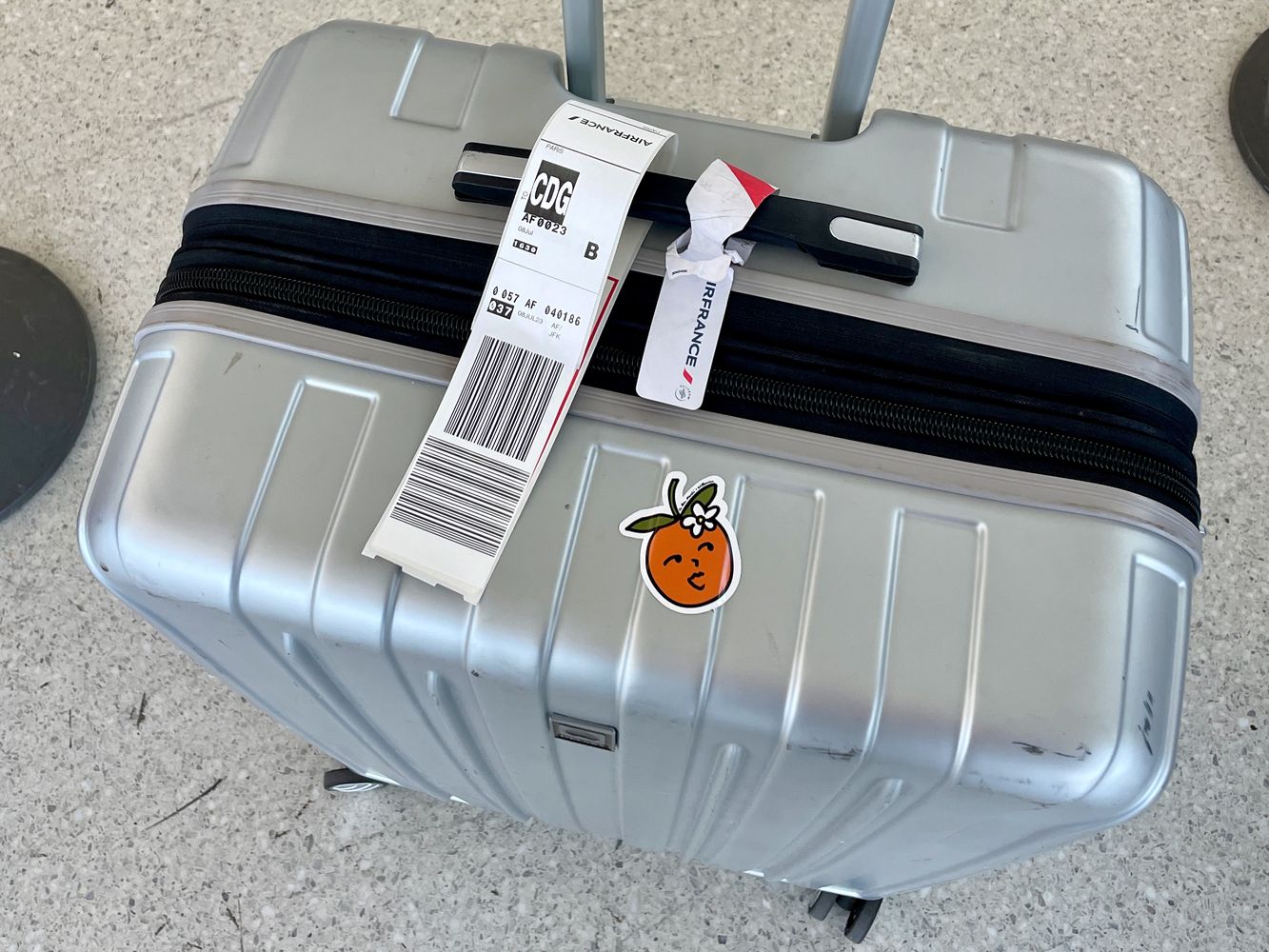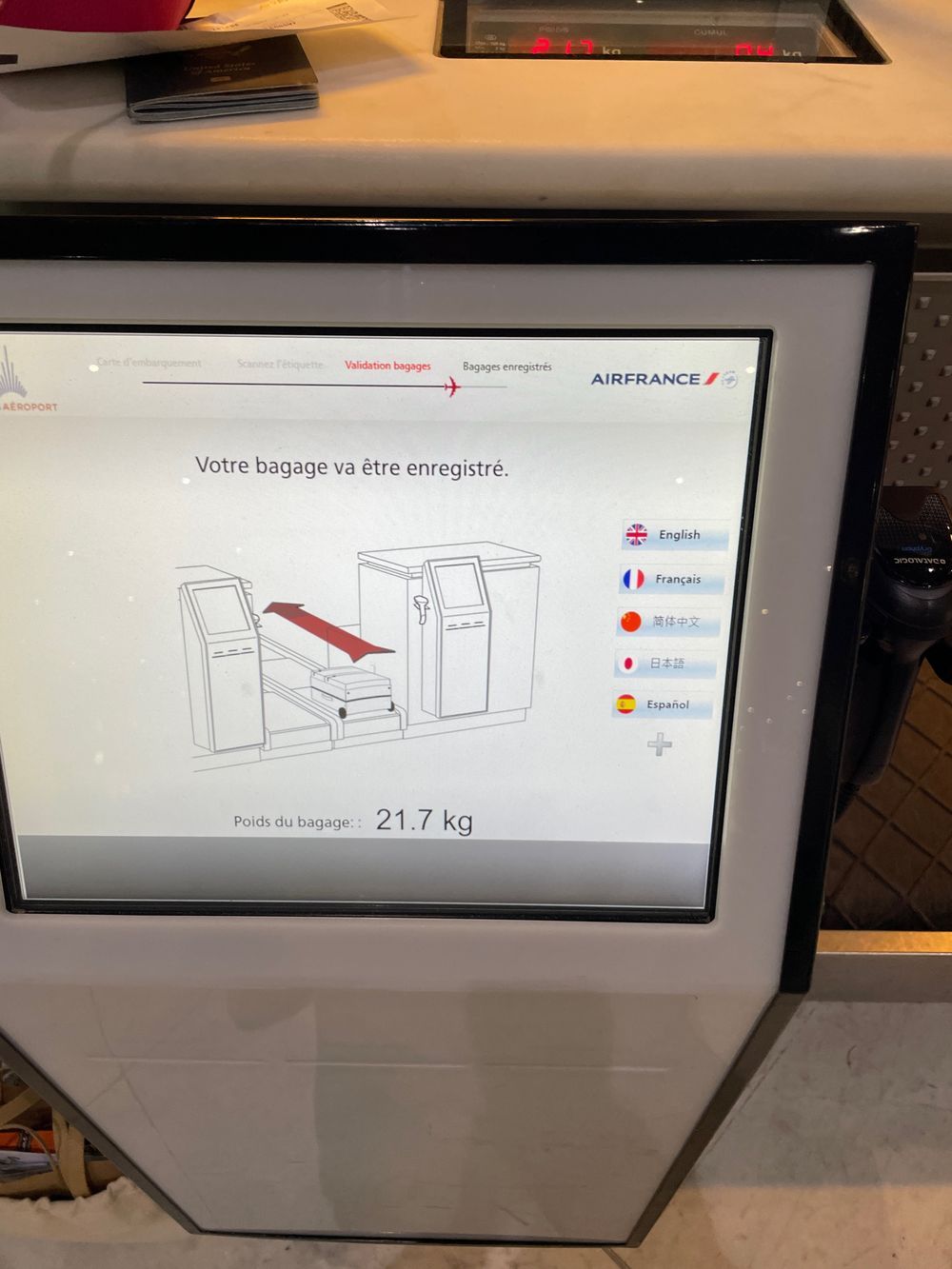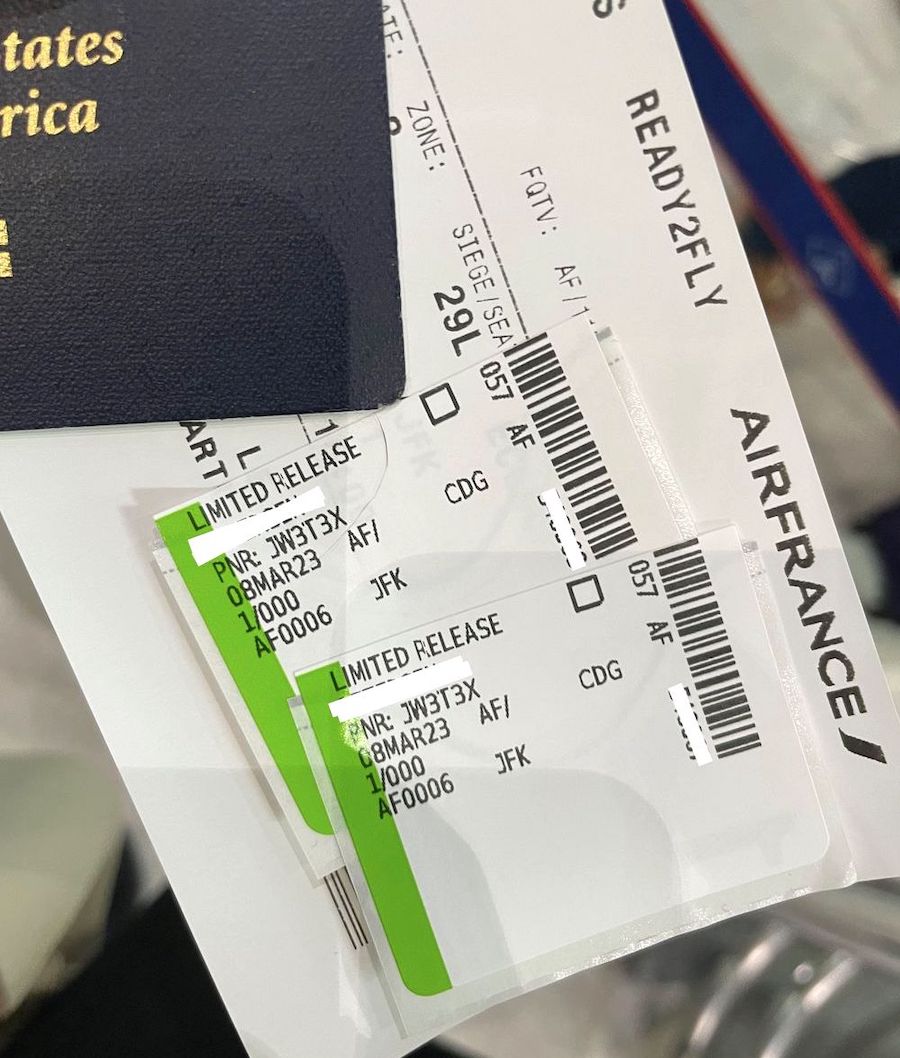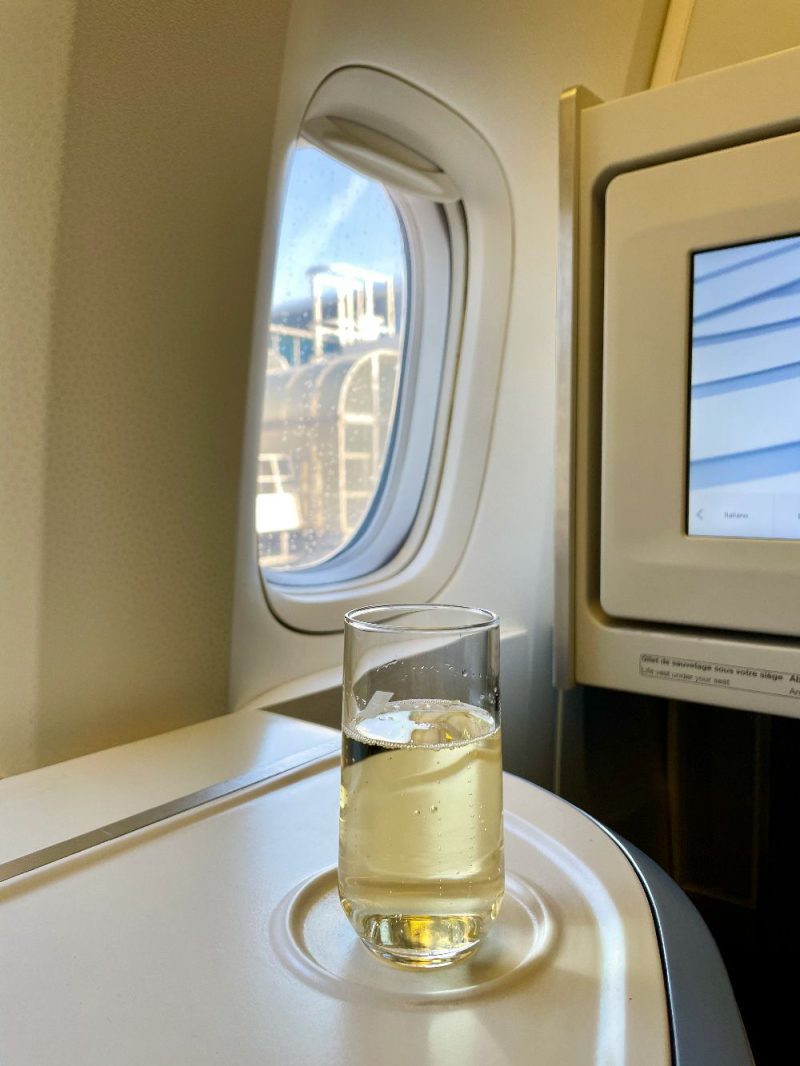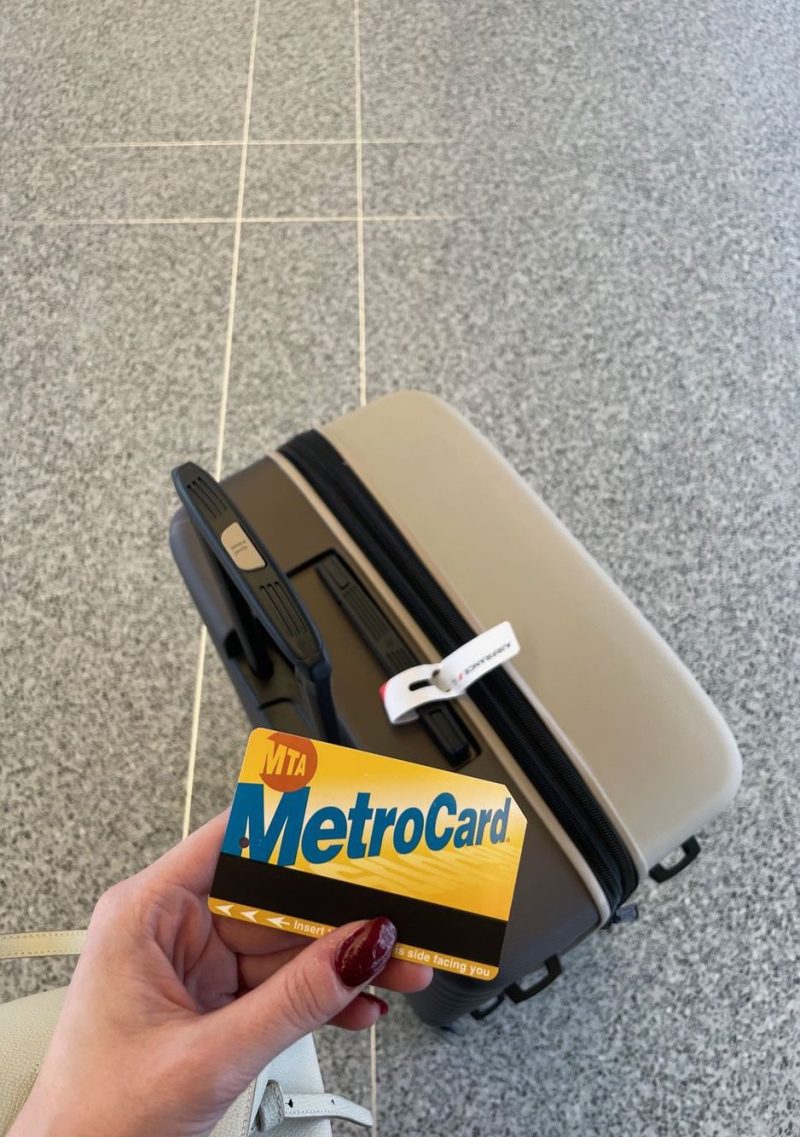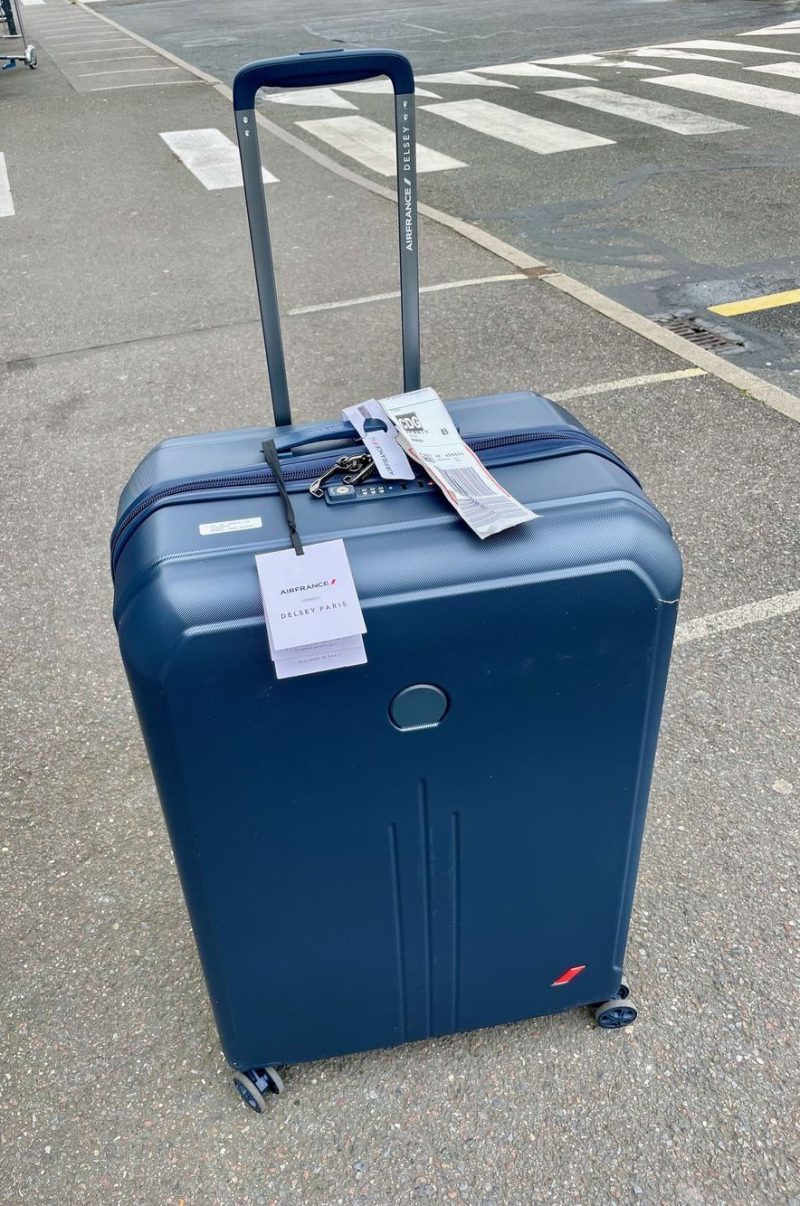Checked Baggage: What You MUST Know Before Flying
Culture Travel may earn a commission through links on this website. As an Amazon Associate, we earn from qualifying purchases.
Hello, fellow globetrotters! We’ve all experienced that adrenaline-fueled thrill of an upcoming flight, haven’t we? The anticipation of new horizons, the excitement of adventure – there’s nothing quite like it. But with that exhilaration often comes the somewhat less enthralling challenge of packing. Yes, the dreaded task of deciding what to take with you on your journey and, more importantly, how to fit it all into your suitcase!
We’ve all been there: standing over an open suitcase the night before a flight, asking ourselves why we didn’t think about packing sooner. It’s a pre-travel ritual as common as printing your boarding pass. Whether you’re a meticulous planner who starts packing days in advance or a last-minute packer frantically cramming items in hours before your flight, we all know the importance of getting it right.
Today I’ll unravel the mystery of checked baggage, giving you tips and tricks to ease your pre-flight packing panic. From understanding airline luggage policies to making the most out of every inch of suitcase space, these insights will ensure you’re well-prepared for your next flight. So fasten your seatbelts, fellow adventurers, and get ready for a journey into the world of stress-free, savvy packing!
What is Checked Baggage?
Let’s start with the basics. What is checked baggage? If you’re a first-time flyer, you might be curious.
When you’re traveling by plane, you often bring belongings with you, right? These belongings are typically packed in bags or suitcases. Now, there are two main ways you can bring these bags with you on a plane: as “carry-on baggage” or as “checked baggage.”
Checked Baggage refers to the luggage that you hand over to the airline before boarding your flight. Instead of keeping it with you during the flight, it’s stored in the cargo area of the plane.
When checking your luggage, there are a few key things to remember. First, ensure that your luggage is clearly labeled with your name, address, and contact information. This can help your suitcase find its way back to you should it get lost.
Secondly, pack smart. Roll your clothes to maximize space. Be sure to pack any valuables or essential items in your carry-on, as checked luggage can sometimes be lost or delayed.
Finally, always check the details of your airline’s baggage policy. Each airline has its own rules about the size, weight, and number of bags you can check.
When you arrive at the airport, you’ll go to your airline’s check-in counter. Here, you’ll give them any bags you want to check. They’ll weigh each bag because there’s a weight limit (this varies by airline, but often it’s around 23kg or 50lbs). If your bag is too heavy, they might charge you extra.
After weighing, they’ll attach a tag to your bag. This tag has details about where your bag should go. It’s like an address label that ensures your bag arrives at the same destination you do.
Once tagged, your luggage is taken behind the scenes. It goes through security checks (to ensure safety) and then loaded onto your plane.
After your flight lands, your checked baggage is unloaded from the plane. Instead of coming out with you through the plane’s main exit, it’s sent to a special area in the airport called “baggage claim.” Here, bags circle around on a conveyor belt. You’ll wait here to spot and collect your bag.
Should You Check Your Luggage?
Whether or not to check your luggage can be a real dilemma, and often, it boils down to your personal preferences, the duration of your stay, and the nature of your trip. For a quick weekend getaway or a business trip, you might prefer a carry-on to avoid waiting at the baggage claim carousel.
However, if you’re planning a month-long vacation or moving overseas, checking your luggage may be the more practical option. Do bear in mind that every choice has its own pros and cons, which brings us to our next section.
When Does it Make Sense to Check a Bag?
There are several situations when it makes sense to check a bag. If you’re traveling with children or have items that you can’t carry onto the plane, checking a bag is almost inevitable.
Likewise, if you’re traveling for an extended period or heading to a destination with a significantly different climate, you may need more clothing or equipment than can fit in a carry-on.
Lastly, if you plan to bring back souvenirs or purchases, having extra space in a checked bag can be beneficial.
Is it worth it to check luggage? If you value convenience and speed, a carry-on bag might be the best option to avoid waiting at baggage claims and the risk of lost luggage. However, if you prefer to bring a large amount of personal items or larger toiletries, checking a bag can make travel much more comfortable.
I personally try to avoid checking a bag when I have a connecting flight planned! However, for international trips, I almost always check a large suitcase.
Advantages of Checked Luggage
Despite the potential downsides, there are significant advantages to checking luggage.
Firstly, it gives you the freedom to pack more and bring larger items. It also allows you to move around the airport more freely, without the burden of a heavy carry-on.
You don’t need to worry about the amount of liquids you have when packing your liquids in your checked baggage as opposed to the carry-on suitcase. Bring as much shampoo as you want! There’s no limit.
When going through security, you don’t need to take out as many things. TSA requires liquids to be taken out of your carry-on so they can be inspected, however, if you pack them in the checked luggage, you don’t have to worry about this!
Onboard, you won’t need to worry about finding overhead bin space, a common stress for many travelers.
With technological advances and tightened procedures, the chances of airlines losing your luggage have significantly decreased over the years. By checking your luggage, you can travel in comfort, assured that your belongings will be waiting for you at your destination.
Disadvantages of Checked Luggage
Of course, checking luggage is not without its downsides, and understanding these can be key to making the right travel decisions.
The most glaring disadvantage of checked luggage lies in the risk of your bags getting lost, delayed, or damaged. Despite improvements in tracking technology, these unfortunate events still do happen and can put a killjoy on your travel plans. The risk goes up if you are connecting to another flight.
Another downside is the waiting time at the baggage claim area. After a long flight, the last thing you might want to do is spend additional time waiting for your suitcase to appear on the carousel.
It can also be quite pricey to check one or more bags. Many airlines have introduced fees for checked bags, which can add a significant amount to your overall travel costs, particularly for budget-conscious travelers or families with multiple bags.
In another worst-case scenario, some travelers have had their belongings stolen from inside their checked luggage, so that’s another risk.
Lastly, there’s the challenge of maneuvering a larger suitcase, both during your journey and at your destination. Heavy luggage can make getting around more difficult, particularly in crowded areas or on public transport.
All these factors combined underline the need for a careful and thoughtful decision when it comes to checking in your luggage!
Checked Baggage Allowance and Rules
Understanding the allowance and restrictions for checked baggage is crucial when preparing for a trip. Most airlines stipulate a weight limit for checked bags, which typically ranges from 23kg (50lbs) to 32kg (70lbs) per bag, depending on the airline and class of service.
Airlines also have specific size restrictions that your checked bags must adhere to. Bags exceeding these size or weight limits may incur extra fees.
As for restrictions, many items are prohibited in checked baggage for safety reasons. These generally include hazardous materials like explosives, flammable liquids, and certain types of batteries.
Each airline may have its own specific list of prohibited items, so it’s always a good idea to check their website for the most up-to-date information.
Remember that some countries may have additional restrictions or customs rules regarding what you can bring into the country.
Checked Baggage Fees
How much does it cost to check a bag? The cost of checking a bag can vary greatly from one airline to another. Some airlines include at least one checked bag in the cost of the ticket, especially for international flights or higher fare classes.
Others, particularly budget and low-cost carriers, may charge a separate fee for each checked bag. The cost can range anywhere from $25 to $100 or more per bag, depending on the airline, the size and weight of the bag, and the destination.
Remember, excess baggage—that is, bags that exceed the weight or size limit—typically comes with additional fees.
How to Avoid Checked Bag Fees
Avoiding checked bag fees can save you a significant amount of money, especially if you’re a frequent flyer. One of the most straightforward ways is to pack light and only bring a carry-on if your trip allows for it. Another strategy is to book tickets with airlines that include checked bags in their fare.
Loyalty can also pay off. Joining an airline’s frequent flyer program or getting an airline-branded credit card can often come with perks like free checked bags. Also, when traveling in a group or family, see if you can consolidate your belongings into fewer bags to reduce the number of bags you need to check.
Paying for checked bags online in advance can sometimes be cheaper than paying at the airport. With a bit of planning and savvy strategizing, you can avoid or at least minimize those pesky checked bag fees.
How to Prevent Your Luggage from Getting Lost
One of the biggest fears for travelers is the prospect of their checked luggage going missing. To minimize this risk, always ensure that your bag is labeled with your current contact information.
Consider attaching a bright or unique tag or ribbon to make your bag stand out on the carousel.
Always take a photo of your luggage at the airport before checking it. Taking a photo of your luggage can also help in identification, should the need arise.
Lock your suitcase with a TSA-approved lock before checking it.
Check in as early as possible.
It’s wise to double-check the airport and flight code tags that are attached at the check-in counter to ensure they correspond to your final destination.
Checked Luggage Packing Tips
Efficient packing can make a world of difference in your travel experience. Start by making a list to ensure you don’t forget anything. Roll your clothes instead of folding them to maximize space and reduce wrinkles.
Place heavier items at the bottom and use packing cubes or zip-lock bags to organize and separate items. To prevent any potential spillage, ensure all liquids are sealed in plastic bags.
Take photos of your checked luggage contents before zipping it up. Smart travelers add an AirTag to their Checked Bags so they can track them at all times.
Always pack essential and valuable items like medication, jewelry, and electronics in your carry-on instead. Keep an extra pair of clothes with you too.
What to Pack in Your Carry-On vs Checked Luggage
Your carry-on should contain essentials and items you might need access to during the flight. This includes travel documents, money, fine jewelry, medication, a laptop, electronics, a change of clothes, snacks, and entertainment like books.
Always keep valuable items and important documents in your carry-on to avoid potential loss.
Checked luggage, on the other hand, should house items you won’t need immediate access to, like most clothing, toiletries (in larger quantities), shoes, and non-essential accessories. It can also hold items of lower value that aren’t as important.
Keep in mind there are some prohibited items in checked luggage such as flammable liquids, lithium batteries, fireworks, gases, and more. Check the International Civil Aviation Organization (ICAO) for the latest list of prohibited items.
How to Check-in Luggage at the Airport
When you arrive at the airport, head to your airline’s check-in counter. Have your identification and flight details handy. The airline representative will weigh your luggage and ensure it meets the size and weight restrictions.
Once everything is verified, the airline will attach a destination tag to your luggage handle and provide you with a baggage claim ticket. Make sure to keep this ticket safe, as it’s essential for tracking and claiming your luggage.
Some airlines like Air France are moving towards DIY baggage registration. With these, you’ll need to attach the baggage tag yourself during check-in, keep the baggage claim ticket portion of the printed tag, and then wait in line to check in your suitcase.
When reaching the screen, you’ll scan your boarding pass and then the suitcase ticket on your luggage, let the machine weigh it, and then the conveyor belt will take the suitcase through.
Some airports offer curbside check-in so you don’t have to wheel your luggage through the airport.
Pro Tip: Always Keep your baggage claim ticket handy. Stick it on your passport so you don’t lose it. Take a photo of it if you are prone to losing things. It will definitely come in handy if you later discover your bag has been lost!
What to Do if Your Luggage Gets Damaged
If you discover that your luggage has been damaged upon arrival, immediately report it to the airline’s baggage service office, typically located near the baggage claim area. Document the damage by taking photos and keep all relevant flight information and baggage claim tickets.
Most airlines have a specific window (often 24 hours) within which you need to file a damage claim, so act promptly. The airline will typically offer compensation or repairs, depending on their policy and the extent of the damage.
What to Do if Your Luggage Gets Lost
Firstly, don’t panic. Check the entire baggage claim area and ask staff if they have pulled suitcases from the conveyor belt to make room for more.
If you still can’t find it, head to the airline’s baggage service office and report your missing luggage. Provide them with the baggage claim ticket, which they’ll use to track your luggage. Often, bags aren’t truly lost but merely delayed.
The airline will generally deliver the bag to your location once found. Go through your belongings and make sure nothing is missing if this is the case.
However, if after a stipulated period (usually 21 days) your bag isn’t located, it’s considered lost, and you can file a claim for compensation. Be sure to ask for a refund of the checked luggage fees you paid, in addition to what was lost.
What to Do if Your Luggage Gets Robbed
Go through your baggage as soon as you get home. If you discover items missing from your luggage or believe it’s been tampered with, report it immediately to airport security and the airline’s baggage service office.
You’ll need to provide a detailed list of missing items, and it’s beneficial to have receipts or any proof of ownership. Depending on where and when the theft occurred, the responsibility may lie with the airline or the airport.
Be sure also to file a police report, as this will be crucial if you need to make an insurance claim or seek compensation.
Best Checked Suitcases
Here are some top recommendations for checked suitcases for international travel:
- Delsey Paris Helium Aero Hardside Luggage – Made of 100% polycarbonate with spinner wheels, TSA lock, and lightweight yet durable construction. 29″ size is 12.5 lbs and has a capacity of 110L.
- Away The Medium – This polycarbonate hardshell suitcase has 360-degree spinner wheels, a TSA-approved lock, and a removable laundry bag. It’s lightweight at 9.6 lbs and comes in various colors. Capacity is 10-12 outfits for 1-2 week trips.
- Samsonite Freeform Hardside – Made of polycarbonate, this lightweight suitcase has spinner wheels and a TSA lock. It’s available in 21″, 24″ and 28″ sizes. The 24″ weighs about 11 lbs and has a 104L capacity.
- Travelpro Platinum Elite – High-quality suitcase with a durable magnesium frame, ball bearing spinner wheels, and patented powerscope handle system. It comes in 21″, 25″ and 29″ sizes. Weighs 9.6 lbs for the 29″ and has a capacity of 128L.
- Briggs & Riley Baseline Large Expandable Wide Body – Very durable with hybrid fiberglass frame, outsider handle, CX expansion-compression system, and dual spinner wheels. Comes in 29″ size that weighs 15.7 lbs and expands from 121L to 135L.
I’d recommend a checked suitcase that is at least 25″ or larger for international travel. Hardside is ideal for protecting contents. Look for one with spinner wheels for easy mobility. Make sure it is lightweight but durable.
